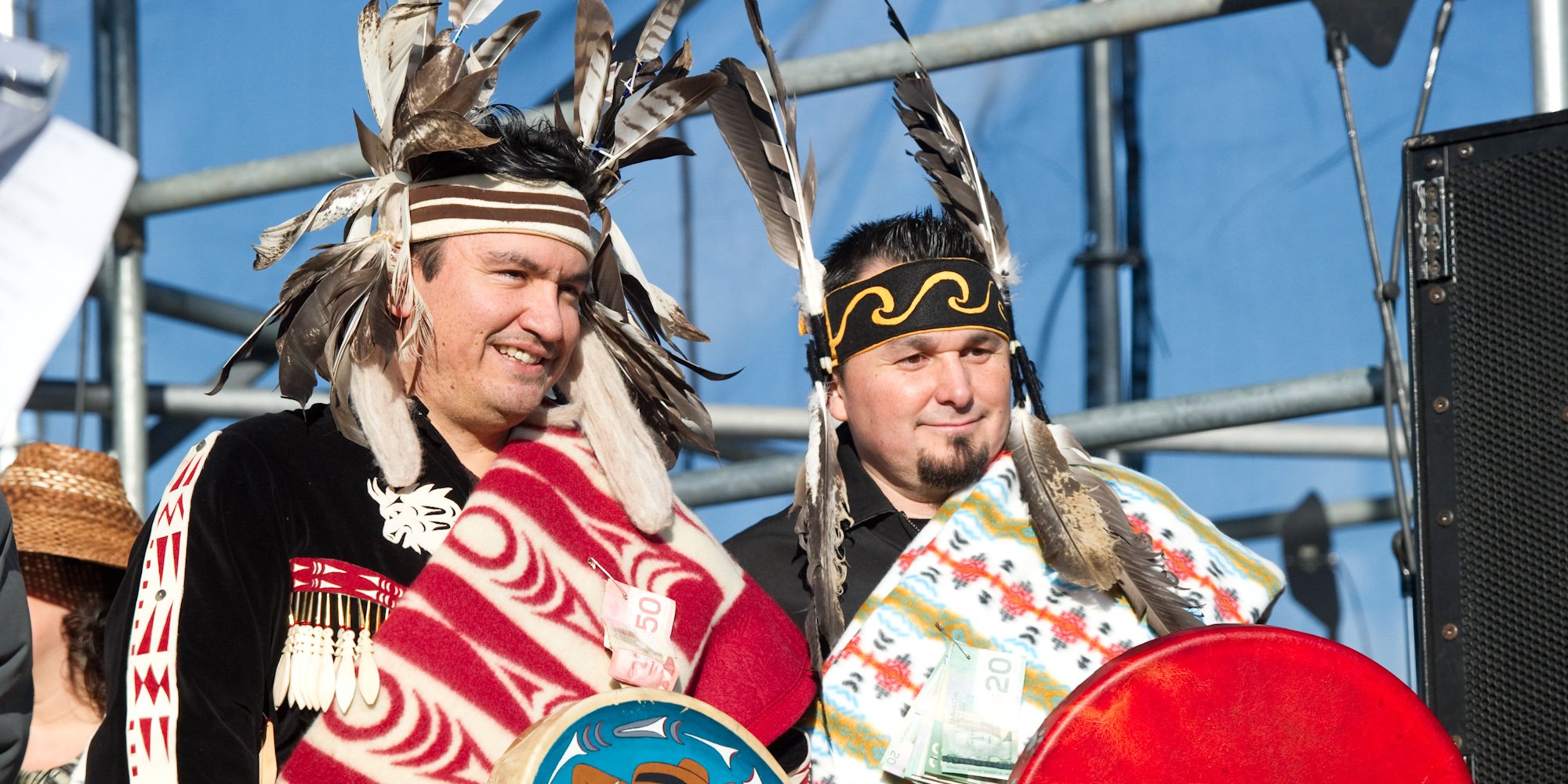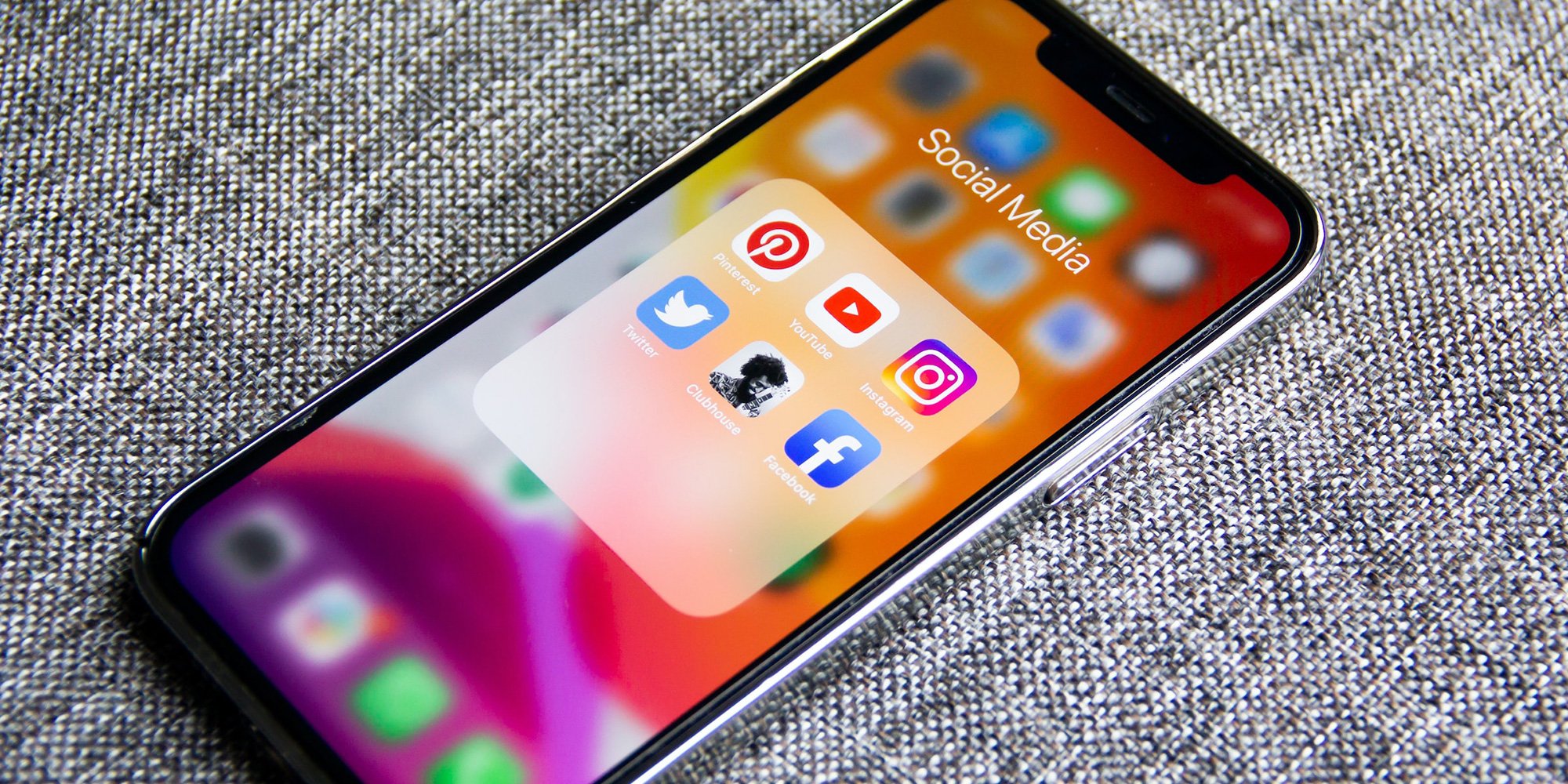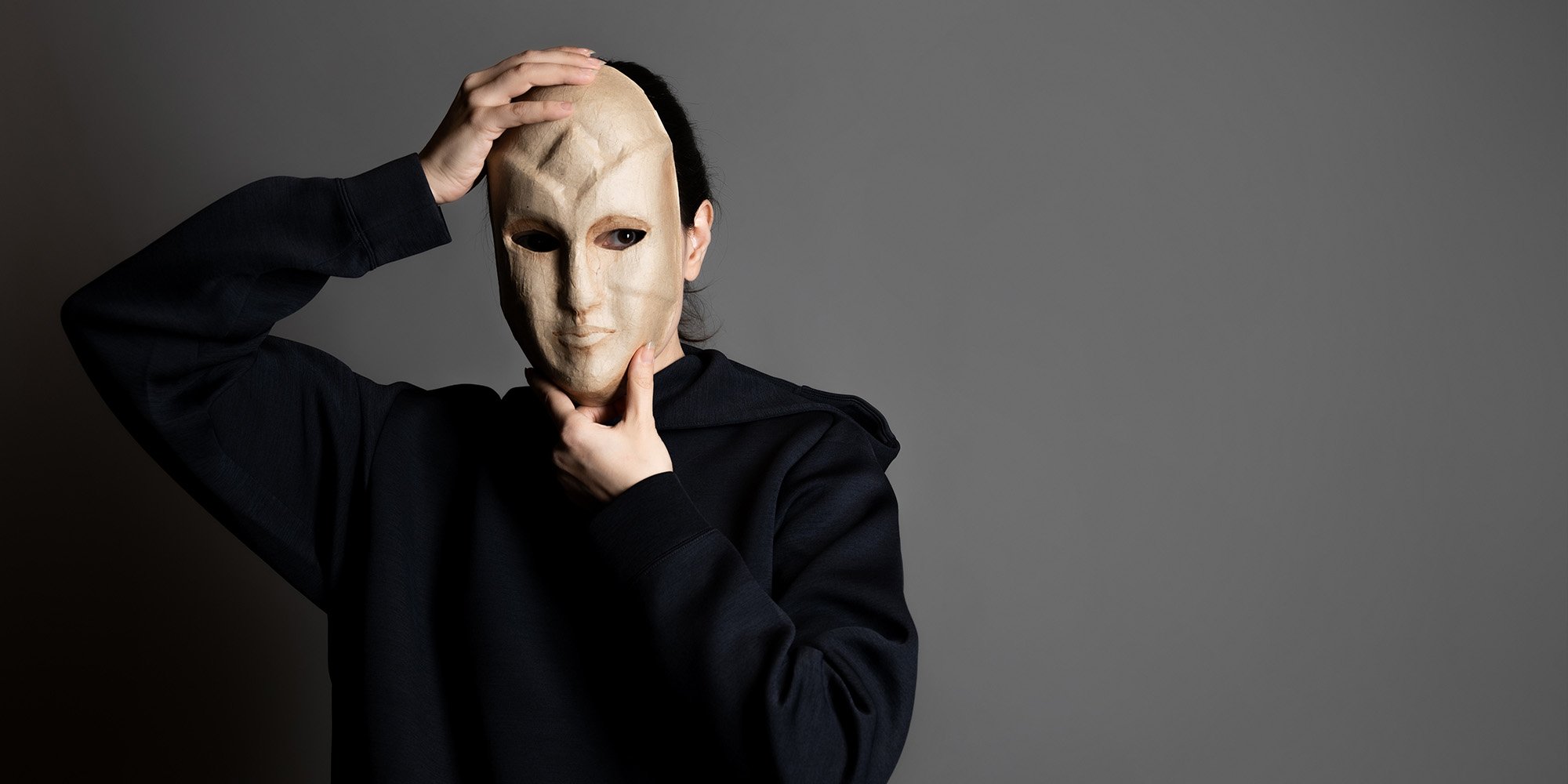7 Common Elements in Successful Indigenous Relations Strategies
Indigenous relations is an evolving field, especially now in light of the federal government’s commitment to negotiation on a nation-to-nation basis....

It is essential when working with some of the hundreds of First Nations, Inuit, and Métis communities across Canada on industrial, social, and procurement projects that non-Indigenous individuals, companies, or organizations approach collaborations with acknowledgment, information, and good intentions.
As a general rule, it's best to engage with Indigenous communities in a manner that is early, often, and ongoing to ensure richness within a relationship.
It’s equally important to understand that meaningful engagement with Indigenous communities is not simply a checkbox to be ticked off or a performative act when there are project goals your organization wants to achieve. There is a lot more complexity and consideration that needs to go into building a meaningful relationship with an Indigenous community -- it isn’t only about achieving an “end goal” for a project.
We have compiled a list of 5 things for meaningful consideration when your organization is looking to build productive and mutually beneficial relationships with an Indigenous community:
It’s important to recognize that each Indigenous community is unique. Any collaboration with a community will be more effective if you demonstrate an invested interest in its history, culture, goals, recent successes, events, and community challenges.
Before considering approaching a community for engagement activities, research what is important to them. Here are a few things to consider:
It’s always best to approach a community by demonstrating that you have made an effort to understand it; however, it’s always important to remember that a lot of history is oral and is held with a community’s knowledge keepers. It is okay to respectfully ask questions of the leaders and Elders within communities when you meet, and always be sure never to make assumptions.
When working with Indigenous communities, attention to building a trusting relationship is just as important—if not more—than obtaining consent for a proposed project. Many communities prefer to meet face-to-face on their lands to cultivate relationships with anyone they will be working with before “talking business.”
To honour this, ensure enough time, budget, and intention to cultivate a relationship with your primary community contact who may advise on the best way to engage with their community. Prepare documents about your project that your contact can share with their Chief and Council, and when invited, hold in-person meetings with your community contacts to build a trusting and meaningful relationship before discussing project details. You may also want to ask how community members may engage with or advise on the project.
If or when you get an invitation into an Indigenous community, ask your community representative what the best practices are for engaging with their Chief and Council, Elders, or their community at large. When visiting, it’s always best not to show up empty-handed. Ask your contact what those in the community may need or enjoy during your visit. Sometimes, for example, items like boxes of Tim Hortons coffee and donuts are requested, or perhaps some “swag” from your company to give away as door prizes at events, but always ask and be open to various responses on what a community may find helpful to have you bring with you. When speaking with community Elders or its Chief, it's common practice to bring a pouch of tobacco as a gift that recognizes, honours, and respects the wisdom that Elders hold, although this tradition will likely not apply to all Indigenous communities you engage with.
When visiting and beginning a meeting with community members, defer meeting protocol to the nation’s leadership or your community contact; however, as a sign of respect and recognition, take the opportunity to acknowledge the lands on which you are meeting in a thoughtful and knowledgeable manner and thank the nation for welcoming you into their community.
In your early engagement discussions, ask whether there may be opportunities to sponsor or perhaps even attend events such as community meetings, annual general assemblies, different festivals, or other celebratory gatherings. While you need an official invitation to attend events, expressing interest may open up valuable sponsorship opportunities for the community and your organization. It’s important to understand that sponsoring an event doesn’t automatically get you an invite.
When it comes to business, the Western world often has a “power through” mentality despite any challenges that may arise during a partnership. This isn’t always the case with Indigenous communities. They are highly community-oriented and people-focused, with their citizens' well-being, safety, and feelings of respect and cultural preservation being a top priority.
It is crucial to recognize that your meetings, the community’s proposed or draft timelines for site visits, and deadlines may not be as linear or set in stone as you may be used to. If a community is experiencing a tragedy or crisis, such as a death or a natural disaster, or a member is missing or in danger, that will always come first. Therefore, be open, flexible, and respectful if meetings are postponed. If you’ve heard of recent news within a community, you may choose to connect to acknowledge community challenges and proactively offer the opportunity to reschedule if needed.
When appropriate, offer your condolences sincerely and respectfully in the event of a community tragedy, ensuring without pressure that your community contact knows you’ll be ready to resume communications when they are.
Also, decision-making requires reflection, community consultation, and weighing risks and benefits. Be flexible in proposed timelines and allow space for communication gaps.
When developing your Indigenous communications strategy internally, you must recognize the importance of efficient and clear communications, continuity, trust, and building strong long-term relationships.
If you’re a large organization, your project team may be composed of different departments such as communications, finance, and planning. Before engaging with an Indigenous community, develop internal strategies to avoid multiple representatives over-communicating with community members. Choose key representative(s) who can speak on behalf of the whole organization while carefully documenting conversations and ensuring follow-through on commitments made. Remember that communities are often working on multiple initiatives at once and may have limited administrative capacity, so your internal strategy should include how to do follow-ups in case some communications or timelines are missed or overlooked. Follow-ups should be carefully timed, and mindful of not putting too much pressure or demand for responses.
It can’t be denied that changes can happen with staff in both business organizations and Indigenous communities. To ensure that key representatives are aware of how a relationship between an organization and community has developed, work together to have a secure transition plan, and proactively set up information or document sharing platforms to ensure continuity in the relationship for both your organization and the Indigenous community so that proposed projects may continue effectively and key documents do not get lost. Create plans for how your organization can support new collaborators within a project, including ensuring new representatives have the tools and spaces necessary to maintain trust between collaborators and have new representatives build their own relationships.
Many factors influence community decisions about whether proposed projects will gain support. For example, many communities adopt the Seventh Generation Principle, an ancient philosophy stating that our present decisions should result in a sustainable world seven generations into the future.
As a non-Indigenous organization proposing initiatives or projects on Indigenous lands or territories, you must recognize that a community and its citizens are not stakeholders, as many collaborations would refer to impacted entities in non-Indigenous projects. Because Indigenous rights are Constitutionally protected, communities may oppose or not consent to projects that may be harmful or against the community's best interests and could launch legal action. Therefore, be very mindful of not using the word “stakeholders” when referring to Indigenous community citizens and be open and understanding why some projects may be potentially harmful to Indigenous communities.
When discussing a project, defer the decisions on how community members will be involved in any required decision-making processes to the community leaders and be open to different ways of engaging. For example, a community leader may suggest holding information sessions on their lands or attending events such as community meetings, industry days, or an annual general assembly meeting to discuss some of the community opportunities that may result from a proposed project.
This article has demonstrated the importance of intentional, meaningful, and respectful relationship-building as a critical element of working with Indigenous peoples and communities. We’ve shown that the quality of the relationship itself is just as critical as the desired goals for any proposed project. A strong relationship is not a means to an end to get project consent but rather a critical element of a healthy, mutually beneficial collaboration and engagement.
Indigenous Corporate Training Inc. has worked to educate thousands of non-Indigenous individuals and organizations on many vital aspects of effective Indigenous Relations through resources like our Working Effectively with Indigenous Peoples® blog and our many training opportunities and specialty services.
Indigenous Relations as a non-Indigenous organization or business is complex, and we are dedicated to helping you build your intentional approach to working with Indigenous communities. Through our work, we’ve witnessed teams committed to mindful and respectful Indigenous engagement emerge as enriched, humbled, and well-rounded people and professionals by opening themselves up to the learning opportunities offered by Indigenous Corporate Training Inc.
Featured photo: Two totem poles in Cumberland, BC. Photo: Doug Young

Indigenous relations is an evolving field, especially now in light of the federal government’s commitment to negotiation on a nation-to-nation basis....

Early, respectful, transparent and consistent communication with Indigenous communities is the foundation of any good engagement strategy. In order...

When we prepare an article for our blog, Working Effectively with Indigenous Peoples®, we put considerable thought into the title - how will it...